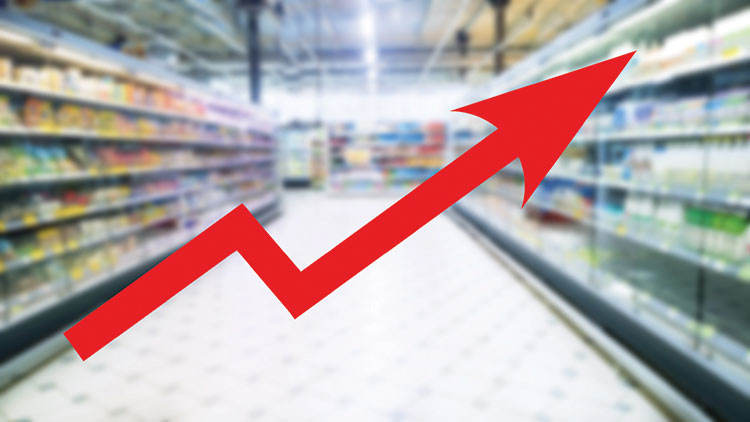

vice president of economic and legislative affairs for Agri-Mark Inc.
After seven years of lackluster milk prices, dairy farmers are finally seeing the upswing they have been waiting for in milk checks. This year has started out with a bang. Milk prices took off after the holidays and are now the highest they’ve been since 2014. Class III futures are averaging $21.50 for the year, while Class IV is averaging an even more robust $23.30 per hundredweight (cwt.).
Forecasts indicate that strong price support should continue through the year given the contraction in both domestic and global milk supplies. With new environmental regulations in the European Union (EU) and environmental constraints in New Zealand, these regions will be limited in their ability to expand milk production. This should put a floor under our own commodity prices and keep milk prices elevated.
The U.S., on the other hand, does not face such restrictions, by and large, and it may be destined to boost milk production in response to these higher milk prices. The question we are all asking is how long will it take?
History tells us that we will see six to 12 months of stagnant milk production before dairy farmers turn on the spigot. Paired with profitable farm margins, that puts us into the second quarter of 2022 before we start to see a supply response.
Or does it?
A world full of constraints
Our world has been turned upside down since the start of the pandemic. While the big disruptions are likely over, spillover effects continue to ripple through both our industry and economy. These aftershocks are impacting every single level of our dairy supply chain, all the way from farmer to consumer.
Let’s look at inputs
Strictly based on a price perspective, we should see farmers jumping for joy with $24 milk. But farmers are also receiving dramatic signals from the cost side of their business. Whether feed, fuel, fertilizer or machinery, costs are up dramatically across the board.
In addition, the limited processing capacity in some areas of the country is forcing farmers to stay within the constraints of base-excess programs. This situation also may temper rapid production increases. Farmers and manufacturers alike considering expansion are facing tough decisions. Do they jump in now? Can they afford it? Can they access what they need to get them there?
Supply chain concerns
The well-oiled supply chain system that we took for granted prepandemic has not been able to keep pace. The strain has been too much and there are significant gaps in continuity. Access to parts and access to delivery are impacting businesses and their ability to grow.
Lead times are outrageous.
Prices are skyrocketing.
Expect these challenges to persist throughout the year and continue to limit the ability of farms and processors to expand milk production and processing capacity.
If you can make the product, and enough of it, then comes the challenge of getting that product to customers and end users. Shortages of truck drivers, retail workers to stock shelves, and containers to ship overseas are all hurdles for today’s dairy businesses.
Labor, labor, labor
First off, everyone is hiring!
The great resignation has taken a major toll on every major industry, especially in our rural communities. We are living in an extremely tight labor market. Farmers, manufacturers, and transportation services alike are all looking for workers, and in some cases competing for the same workers.
For perspective, there were 4.6 million more job openings in December 2021 than there were unemployed workers. Pair that with mitigating ongoing COVID-19 outbreaks that take active workers out of the workforce temporarily, and you have a dire labor situation.
Labor is in such high demand it is driving wages higher and pressuring margins all along the supply chain, farmers and manufacturers alike. Additionally, farm employers in states like California, New York, Oregon, and Washington are being forced to move to a 40-hour work week, which will raise their labor costs significantly.
My crystal ball is cloudy. The world today is far different than where we’ve been before. Is it different enough to buck the historical trends?
I think so.
Milk prices are high, and supply will inevitably respond. Yet with all the economic signals farmers are receiving from service suppliers, or the signals they are receiving from their processors, there is a good chance this rebound does not look the same as the ones in the past.






